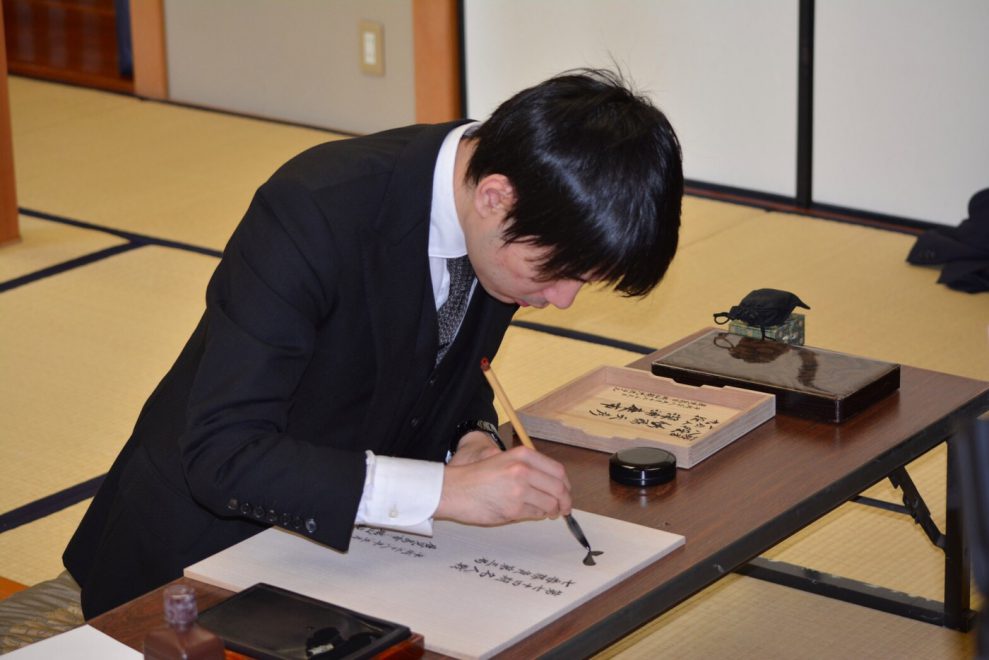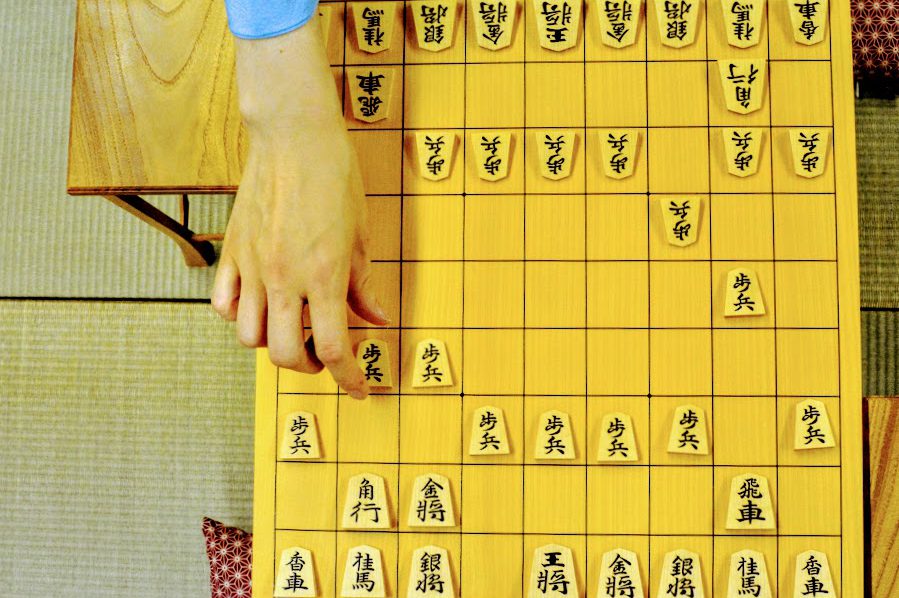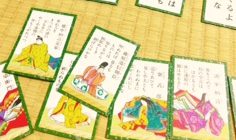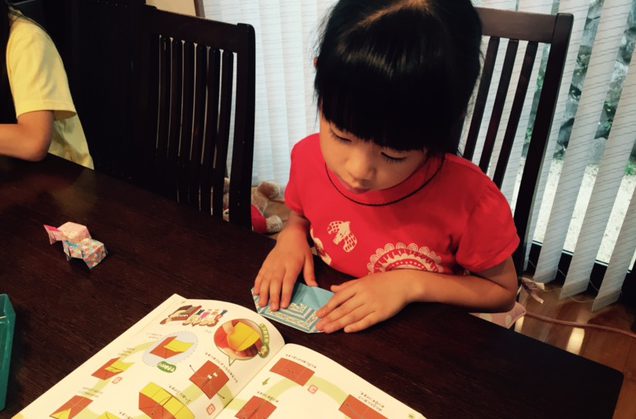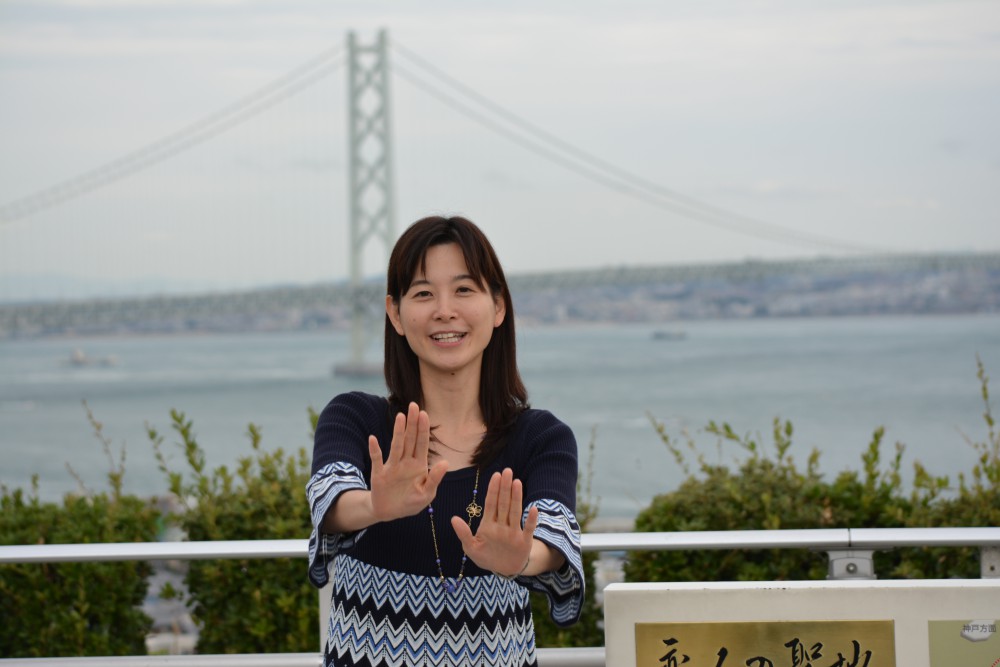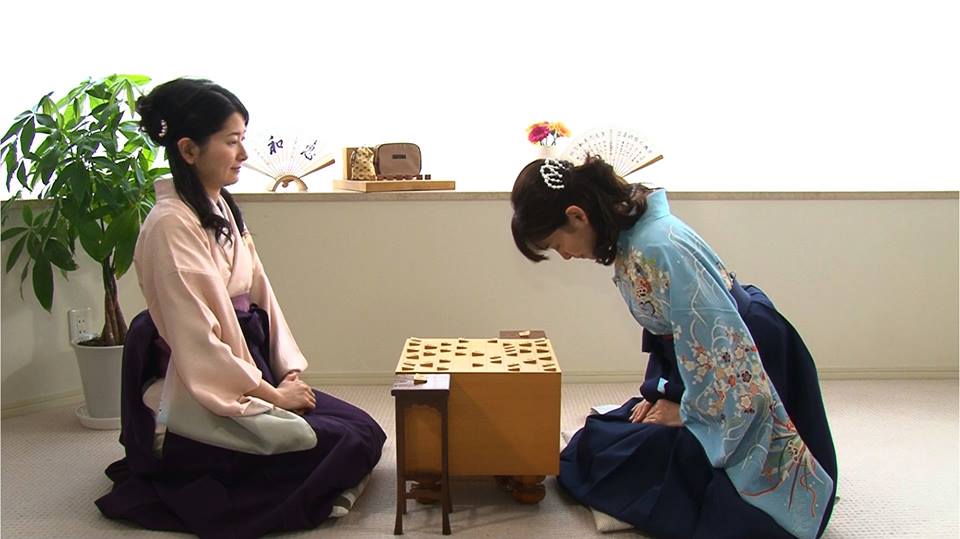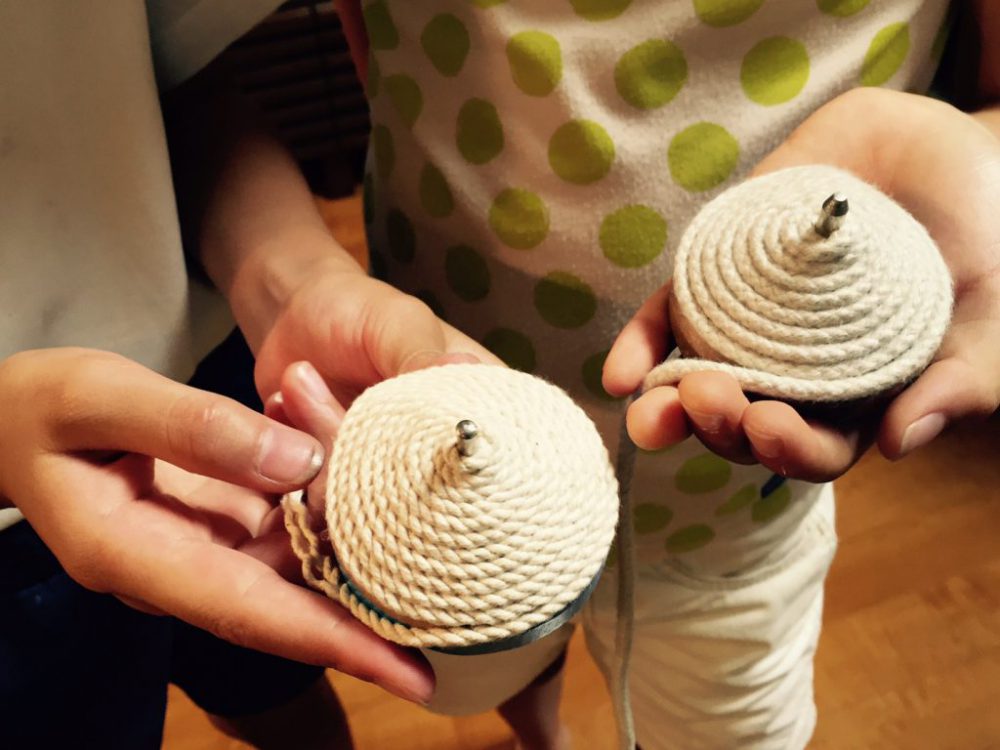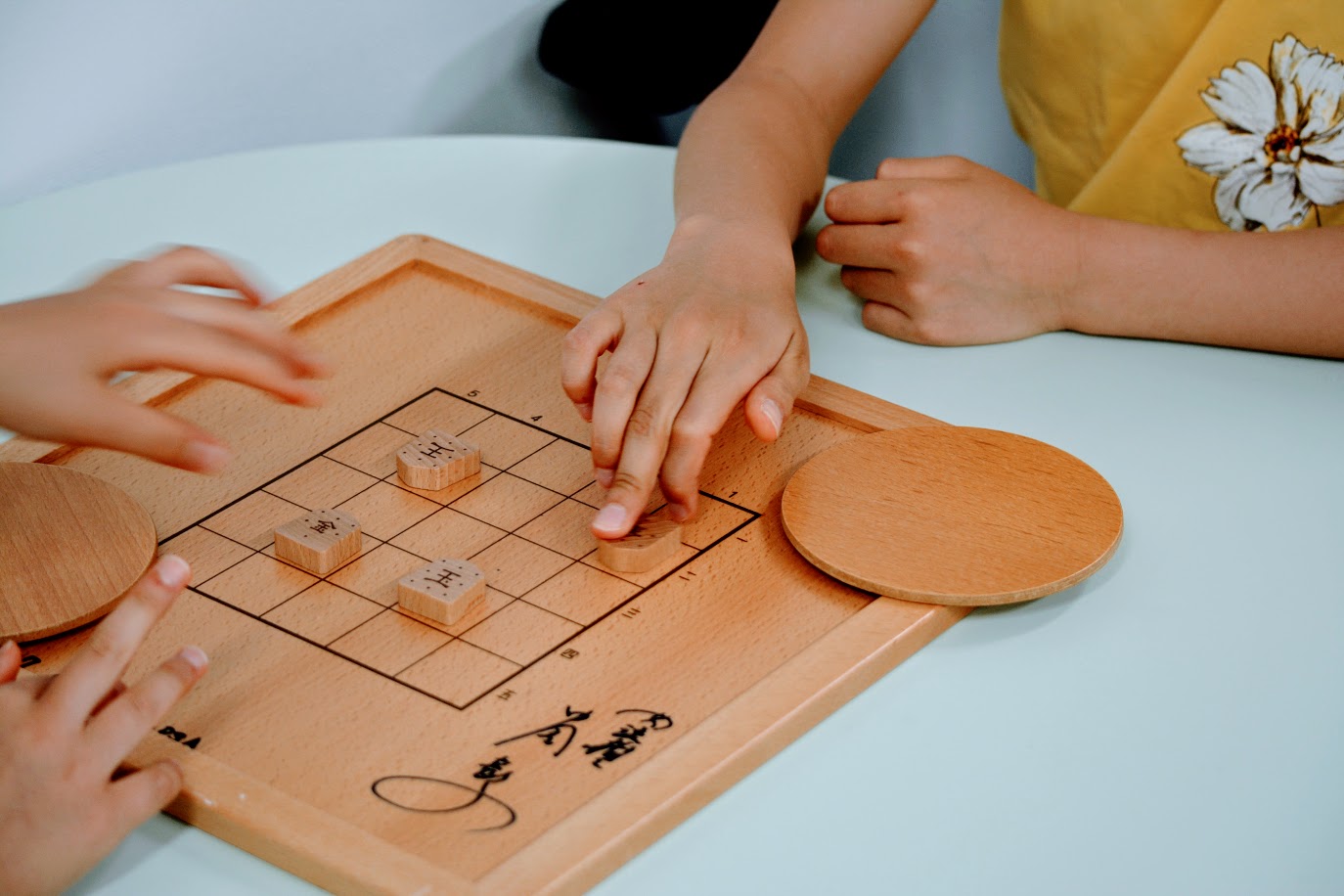I-tsu-tsu Blog
-
Five surprising and convincing pieces of trivia on Shogi history
It is said that history of Shogi can be traced further back to even before the era of Nara. From time immemorial up to the present, Shogi has evolved itself to be the form of today. So, today, I would like to introduce five surprising and convincing pieces of trivia born in the long history of Shogi. 1. A variant of Shogi once had 804 pieces. As mentioned in the previous post “You can boast of your knowledge to your children if you can tell them the following five Shogi stories,” today’s Shogi is called “Hon Shogi (standard Shogi).” Hon Shogi uses a board of 9 X 9 squares with
Nae Kanamoto 19 December 2016
-
Shogi’s Popularity in China
So Different from Japan! In Shanghai, Japanese “Shogi” Is Categorized into “Physical Education”! I visited “Xu Jiandong Shogi Club” in Shanghai. By the way, did you know that Japanese Shogi had been introduced into the elementary school curricu-lum in Shanghai? More surprisingly, Shogi has been taught in gym class out there! I heard that Japanese Shogi was regarded as one subject in the category of “Mind sports” in China side by side with Chinese chess, Xiangqi and Go. (In Japan, mostly Shogi is not included into the school curriculum, nor is it regarded as one of sports.) I can tell how much exhausted I am after each Shogi game. During
Akiko Nakakura 19 December 2016
-
Find More About the Meijin Title Match
I suppose our readers have been familiar with “board and pieces of I-tsu-tsu,” reading through our newsletters. Board and pieces of I-tsu-tsu were used for a real Shogi game played between Amahiko Sato who was at eighth dan (a kind of rank) and Meijin Habu in the third Kyoku (Kyoku is a suffix put to count games) of the 74th Meijin Title Match this year. Those players’ titles were ones in those days. I-tus-tsu usually offers children opportunities to use these board and pieces through our events. This is because we want them to have come to understand Shogi deeply as one of traditional Japanese culture. However, a short introduction
Nae Kanamoto 19 December 2016
-
Five Effective Steps for Replaying an Informative Game
There are three typical Shogi learning methods; Tsumeshogi or Mate problem, Actual game, and Kifu Narabe or replaying informative games. You may think two of these three, checkmate problems and actual games, are easy for beginners to enjoy. Meanwhile, you are likely to keep a distance from Kifu Narabe, thinking it difficult, tiresome, or something with nothing to go on. Kifu Narabe is to replay a game matched by professional players, usually strong players, according to the notation of the game. It is very important for those who seriously learn Shogi and have a desire to improve their skills. Even so, it might not strongly appeal to beginners. To make
Akiko Nakakura 2 December 2016
-
Enjoy Hyakunin Isshu with Children
At the beginning of Jun, rainy season will start soon, so it makes me a bit blue. Today, I would like to introduce Hyakunin Isshu (A traditional Japanese card game, one hundred poems by one hundred poets) that you can play and enjoy on a rainy day. Hyakunin Isshu is a collection of one hundred Japanese poems . Those poems are called “Tanka,” which is Japanese traditional poetry with five lines with 31 syllables that are set in lines of 5, 7, 5, 7 and 7 syllables. The first three lines with 5, 7, 5 syllables are named “Kaminoku” and the last two lines with 7, 7 syllables are “Shimonoku.”
Nae Kanamoto 4 November 2016
-
Japanese Traditional Toys Refine Children’s Sensitivities
In this post, I am going to tell you about the way to refine children’s sensitivities. We often hear that it is essential to cultivate children’s sensitivities from early childhood. I understand sensitivity is very important fundamental to display one’s various abilities. Supposedly, enriching our power of perception with deep sensitivities, as a result we could think and imagine things more deeply. “Sensitivity” would be developed not in adult schools but rather in daily activities, if we try to be more conscious about the way we do. The other day, it rained, so my children couldn’t enjoy the outdoors. We involuntarily held an Origami-party in the house. As you know,
Hisae Ozaki 4 November 2016
-
Five Great People You Should Know to Enjoy Traditional Japanese Culture
We, I-tsu-tsu Co. Ltd., are primarily developing projects to incorporate traditional Japanese culture into child care. I would like to introduce five great Japanese figures to help you discover a new interest in traditional Japanese culture. Why five? Because, our company’s name, “I-tsu-tus,” is a numeral of Japanese origin meaning “Five”. 1. Himiko: A Forerunner of “Yamato Nadeshiko” First, I would like to put down the name of Japanese ancient queen, Himiko. The Japanese phrase “Yamato Nadeshiko” implies that traditional Japanese women are very modest and beautiful. I think Himiko is one of them. Most Japanese people know her name. Needless to say, she was an ancient queen and ruled
Nae Kanamoto 4 November 2016
-
Five tips for children playing Shogi on the Internet
There are fulfilling Shogi software and online Shogi games are available lately. I hope that people play in person Shogi since I believe we can learn a lot from Shogi as a communication tool. Still, I also think online Shogi games are beneficial in terms that we can engage in actual matches easily at our convenience. So, I hope you use online Shogi games wisely as a starter or a training to enhance your skills. Today, I would like to introduce some tips that parents might find useful when they want to advise children playing online Shogi games. 1. Children perform the usual greetings even when they play on the
Akiko Nakakura 2 November 2016
-
Shogi Changes Children!
Previously on our blog, we talked about the value of accepting one’s own defeat and awareness of the importance of diligent work through Shogi. It is often said that Shogi is effective for children to gain thinking skills. Yet, Shogi has more to offer. I think that Shogi has further more values. So today I would like to share five points on the advantages of children’s learning Shogi as a professional Shogi player and mother of one boy and two girls. 1. Shogi helps children to lean good manners and etiquettes. What I value most when I teach Shogi to children is “Mittsu no Rei (the three courtesies).” This is
Akiko Nakakura 1 November 2016
-
Shogi is a Mind Sport
Rio Olympics ended on the 21st August, 2016. Many athletes made a strong impression on the nation, such as Kaoru Icho who became the first Japanese woman to win four consecutive Olympic titles, Ayaka Takahashi and Misaki Matsutomo who are doubles badminton players. Since I used to play tennis, personally speaking, I was deeply impressed with Kei Nishikori won the medal for the first time in 96 years. How about you? Did you enjoy it? By the way, as you know, Olympics is a great sports event that athletes compete physical performance sand strength in individual or team sports, such as soccer and athletics. Did you know there is a
Nae Kanamoto 1 November 2016
-
Japanese Wooden Toys Sharpen Children’s Sensibilities
This time, I will tell you about “wooden toys bringing back old memories”, which develop children’s sensitivities and five senses. Everything has been just fine with my garden. We have harvested many fresh vegetables. We enjoyed rich taste, and my children looked very proud of themselves for their efforts. Our first crop were cucumbers. Every morning, my daughters checked and watered cucumbers. They had fun harvesting, and asked me, “Mom, please make today’s morning salad with our cucumbers.” My children found much of interest in vegetables, foods, and cooking, simply because they ate vegetables that they had grown. This is just wonderful! And today’s topic is nostalgic wooden Toys. I
Hisae Ozaki 1 November 2016
-
Shogi Rules – How to Play Shogi – : Step 1-11 Let’s Play a 5×5 Shogi Game (Mini Shogi)
Explore art of Shogi. A professional Shogi player invites you to the world of Shogi along with traditional Japanese culture. *Please note that the Kanji numbers in pictures are spelled in English in the text. The following Shogi boards have a face with files (vertical rows) numbered 1 through 9 from right to left, and ranks (horizontal rows) designated with Kanji characters, “一” (One) to “九” (Nine), from top to bottom. On the other hand, in the text, each Kanji character is replaced with an alphabet, from “a” to “i” : “一” with “a”, “二” with “b”, … and “九” with ”i”. Finally, this is the last lesson of Step
Akiko Nakakura 1 November 2016
If there is anything we can help you with,or you have any questions,
please do not hesitate to contact us.


